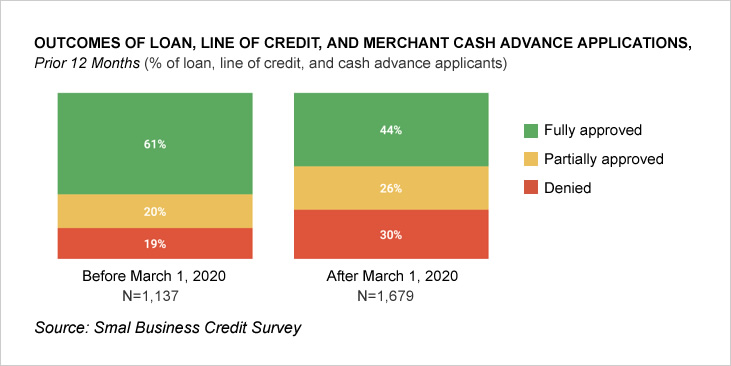Start with the end goal in mind when building your business value. You can, for example:
-
- What are your goals?
- What financial resources do you require to continue your journey after you have achieved it?
- What is your exit plan?
To create value, you must maximize your combined return during the tenure of ownership as well as when you sell. You can create a plan if you know the amount of return you want to get both during the journey and when you exit. What you have to do before you exit your business depends on how and when you plan to leave.

All business owners need to have a strategy for exiting the company in the long term. All business planning starts here.
Only 3 exit strategies are possible:
-
- Liquidate
- Buy
- Continue to be an absentee Owner
Liquidation can be done quickly. This strategy is the easiest and has the lowest value. When you plan to walk away, it’s not necessary to consider the value of the business. This is not an option anyone wants. Avoiding it requires planning.
Understanding the value of the business at the exit is important if you plan to transfer the business or sell it to another owner.
If you plan to remain as an absentee instead of selling the business, it will generate taxable value for your estate, but not enough cash to cover the tax. It’s not a bad idea to know how your business will be valued, regardless of the exit strategy that you choose.
Dream Big and Plan Value
AKA How to Grow a $3M Business
This is an example on how a vision of a timeline and a value proposition can set a framework for the long-term value plan.
Sample Worksheet for Long-Term Value Planning
| 1 | When will the transition occur? In how many years? | 5 Years |
| 2 | What do you expect the business to be valued at? | $3,000,000 |
| 3 | What EBITDA multiple is realistic for your industry sector? | 4.0 times |
| 4 | EBITDA Target for Your Investment (line 2 divided line 3). | $750,000 |
| 5 | What is the average EBITDA of a franchise in your system? | 10% |
| 6 | Line 4 divided by Line 5: Sales required to achieve target value | $7,500,000 |
Here is a summary of a sample plan.
| Exit Strategy | Sell your business |
| When? | Five years from Now |
| How much is it? | Three Million Dollars |
| What must happen before then? | Increase sales to $7.5 Million and generate 10% EBITDA – 1 territory sales of $7.5 Million – Or 2 territories averaging $3,750,000 each – Or 3 territories averaging $2.5 million each |
You must prioritize growth strategies in order to achieve the plan.
EBITDA Multiple
Accounting professionals use the term EBITDA often, but many people don’t understand what it means. EBITDA stands for
E: Earnings, B: Before I. Interest Taxes T. Depreciation A. Amortization
EBITDA is often thought of as a measure of cash generated by operations. It is sometimes referred to as “free money flow”. The “bottom line” of the income statement is used to calculate it. This includes the addition of discretionary expenses, taxes, interest and the primary expenses which do not require cash, depreciation, and amortization. They are accounting entries which represent the decrease in fixed assets and intangibles (amortization). You do not write a check to pay for them. This allows us to estimate the amount of revenue that was left after all expenses were paid. EBITDA does not take into account many other factors that can consume cash, such as increasing inventory, receivables, and property. EBITDA is not a good indicator of the cash flow generated by a business.
Capitalized earnings VS EBITDA multiple
Capitalized Earnings is based on the theory that the goose lays golden egg: We’ll pay something today for a goose which will lay golden eggs tomorrow. We can calculate the price of the goose by calculating the number of golden eggs we expect and the return on investment.
Take our previous example:
How much money would you invest if you thought the investment could earn $100,000 profit per year and expected a return of 10%? $100,000 represents 10% of what?
We estimate EBITDA to determine the price and then select a reasonable percentage of return on investment. We measure the implied return by working backwards from the price. Capitalization rate is the implied return on investment.
The capitalization rate of the asset in this example is 10%.
In general, the capitalization is the rate of return necessary to attract investors given the risks. Capitalization rates are selected subjectively by comparing the expected return on similar-risk investments.
This is how capitalization rates compare to EBITDA multipliers. A 50% cap rate equates to a two-times multiple. 33% is three times, 25% four times, and 20% is four times.
The question is: Why do HIGHER MULTIPLEs yield a lower RETURN on INVESTMENT
Answer: The buyer pays more (investment) to get the same EBITDA dollars (return), which reduces ROI (return divided against investment).
To summarize, maximising the value of your business begins with a clear understanding of the goals you wish to achieve, the time frame you desire to transition to, and the growth strategy you will implement to reach those objectives.
Profit Soup Online gives you the tools to realize your business dreams
Profit Soup Online is our self-study course designed for entrepreneurs, business owners, managers, and leaders of the next generation. We will help you create a plan that will increase profits, improve cash flow and build the value of your business. Check out our two free courses and see what Profit Soup Online can do for you at www.profitsouponline.com.












Leave a Reply